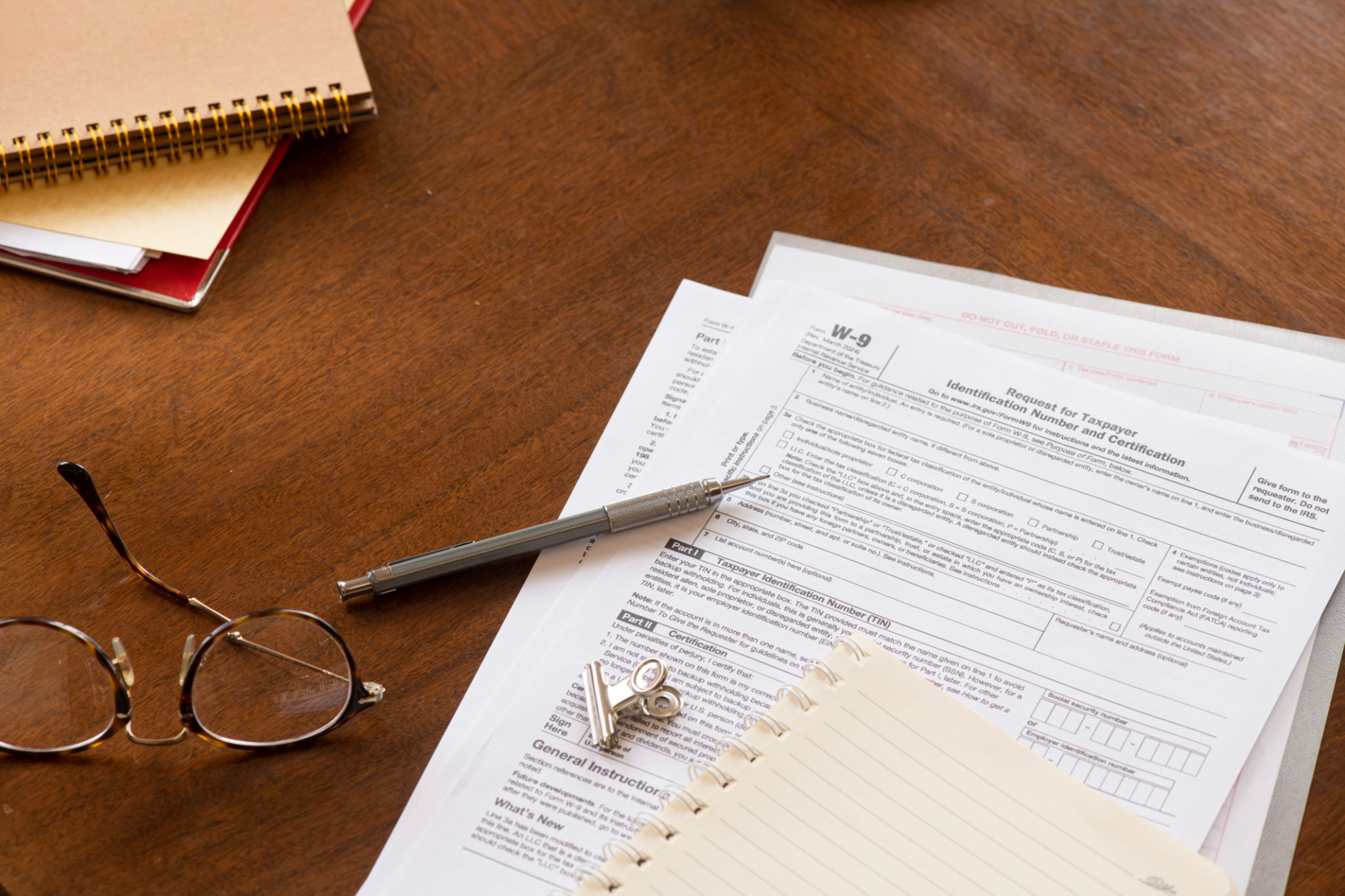How to Prepare Your Taxes: A Step-by-Step Tutorial
Gather Your Documents
Preparing your taxes can be a daunting task, but with the right approach, it can be manageable and even straightforward. The first step in preparing your taxes is to gather all necessary documents. This includes W-2 forms from employers, 1099 forms for other income, bank statements, and any records of deductible expenses. Having these documents ready will make the filing process much smoother.
It's also important to have last year's tax return on hand. This can serve as a useful reference and help you identify any changes in your financial situation. If you received any income from investments or other sources, ensure you have those documents ready as well.

Choose the Right Tax Form
Once your documents are organized, the next step is to choose the appropriate tax form. For most individuals, the Form 1040 is used to file federal taxes. However, there are variations like the 1040EZ and 1040A, which cater to different financial situations. Review the instructions on each form to determine which one applies to you.
Consider using tax software if you're unsure about which form to use. These programs often guide you through the selection process and can automatically fill out forms based on the information you provide.
Understand Deductions and Credits
Deductions and credits can significantly reduce the amount of tax you owe. Tax deductions lower your taxable income, while credits directly reduce the amount of tax you owe. Common deductions include mortgage interest, student loans, and medical expenses.
Tax credits, such as the Earned Income Tax Credit (EITC) or Child Tax Credit, can provide substantial savings. Ensure you understand which deductions and credits you qualify for and gather any supporting documentation needed to claim them.

Complete Your Tax Return
With all your documents ready and a clear understanding of your deductions and credits, it's time to complete your tax return. Whether you're filing electronically or using paper forms, take your time to ensure all information is accurate. Mistakes can lead to delays or audits.
If you're using tax software, it will typically walk you through each section of the return, ensuring nothing is overlooked. Double-check all entries before finalizing your submission.
Review and Submit
Before submitting your tax return, review it thoroughly. Look for any errors or discrepancies that could cause issues later. Ensure that all personal information, such as your Social Security number and banking details for direct deposit, are correct.

Once you're confident everything is accurate, submit your return. If filing electronically, you'll receive confirmation once it's been processed. If mailing a paper return, consider using certified mail to track its delivery.
Keep Records Organized
After filing, keep all related documents organized in case of future inquiries or audits. Maintaining well-organized records can save time and stress during tax season and provide a reference for next year's filing process.
Consider setting up a dedicated space for tax documents to ensure they are easily accessible when needed. This habit can streamline the process in the years to come.
By following these steps and staying organized, preparing your taxes can become a more manageable task each year. Whether you choose to file independently or seek professional help, understanding the process is crucial for a smooth tax season.
